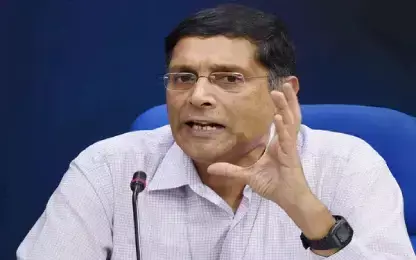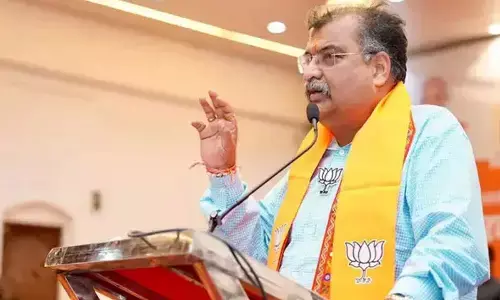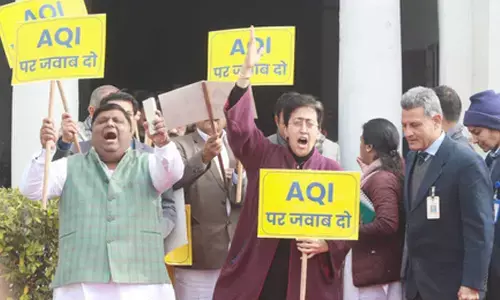Economic Advisory Council-PM Rejects Former CEA's claim

The EAC-PM also accused him of blindly trusting data provided by a private agency, CMIE and distrusting government institution Central Statistics Office (CSO).
New Delhi: The Economic Advisory Council to the Prime Minister (EAC-PM) on Wednesday rejected the claims of former CEA Arvind Subramanian regarding over-estimation of GDP growth after 2011, saying his analysis is based on "cherry-picking" of high-frequency indicators while ignoring data on services, agriculture and robust tax collection.
The EAC-PM also accused him of blindly trusting data provided by a private agency, CMIE and distrusting government institution Central Statistics Office (CSO). In a paper, EAC-PM said India's GDP estimation methodology stands at par with its global standing as a major and responsible economy.
Primary contributors of the paper are economists Bibek Debroy, Rathin Roy, Surjit Bhalla, Charan Singh, Arvind Virmani. Last week, the advisory body had said it would issue a point-to-point rebuttal of the Subramanian's research paper.
In a research paper, Subramanian, who stepped down last year, said India's economic growth rate has been overestimated by around 2.5 percentage points between 2011-12 and 2016-17 due to a change in methodology for calculating GDP.
Subramanian's paper titled 'India's GDP Mis-estimation: Likelihood, Magnitudes, Mechanisms, and Implications', published at Harvard University, also comes at a time when concerns have been raised in various quarters about the official economic growth numbers.
Subramanian was the CEA in the finance ministry for nearly four years from October 2014. Observing that Chief Economic Adviser (CEA) Subramanian seems to have made a "hurried attempt to draw conclusions" about India's complex economy and its evolution, the paper said he has used 17 high frequency indicators, but ignores the representation of 'services sector (60 per cent in GDP) and 'agriculture sector' (18 per cent of GDP) in the analysis.














